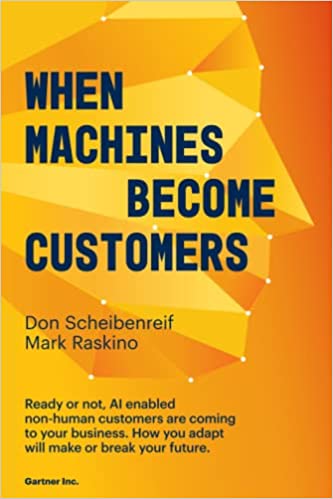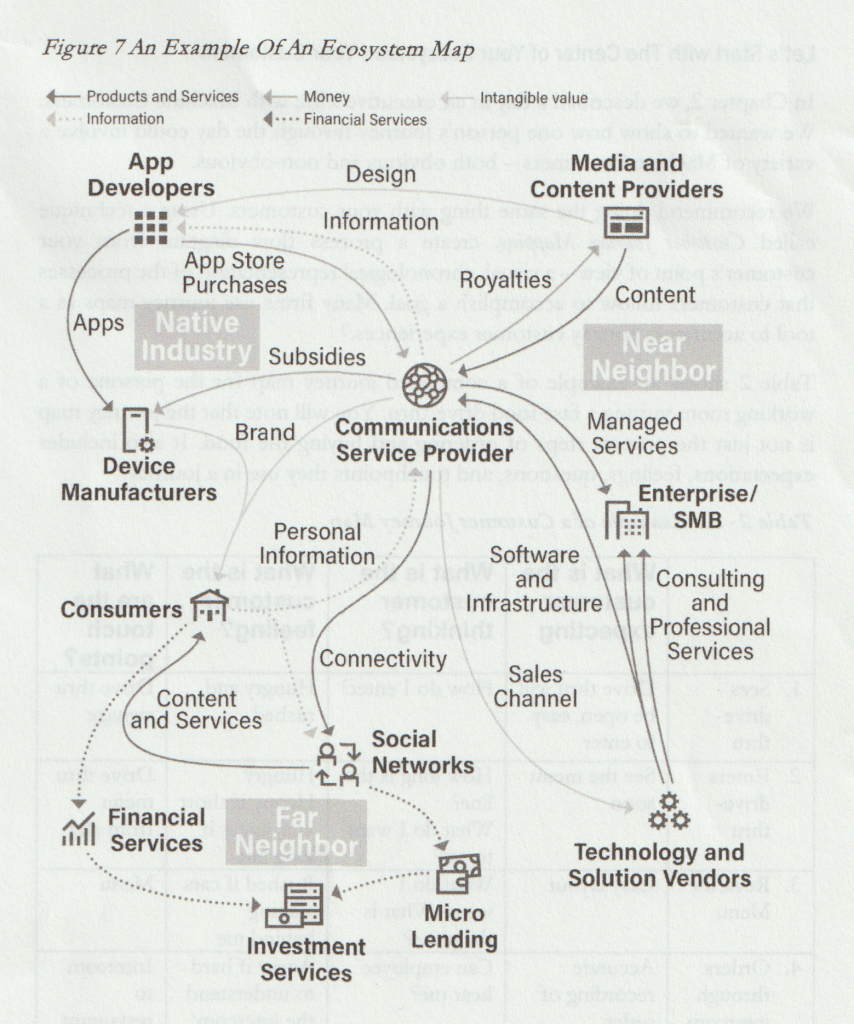
Book review of When Machines Become Customers
This is an important new book from Gartner’s Don Scheibenreif and Mark Raskino. Although we are in the early stages of this machine-to-machine (M2M) revolution, the infrastructure for much of it has already been laid and businesses of all types and sizes as well as policy makers need to be aware of what is coming over the next decade or so. We’ve seen how quickly Open AI’s ChatGPT has captured the public’s imagination as well as news headlines. Machine customers or “custobots” as the authors call them are likely to have an even greater impact but their deployment is less visible and, for many businesses, by the time they realise what is happening it may be too late.
At the heart of When Machines Become Customers is the belief that AI-powered bots combined with an emerging set of technologies including the Internet of Things (IoT), the blockchain and APIs will take humans out of the equation for many purchasing decisions. As the authors point out, this is already happening across financial trading systems as well as with consumer-oriented products such as smart printers and coffee makers.
The implications of these changes will be profound as entire value chains across multiple industries are reconfigured. Removing emotion and the vagaries of human actors from purchasing decisions and adding the cold calculations of smart bots will change how goods and services move across supply chains.
Scheibenreif and Raskino chart the evolution of these technologies from early web scrapers and ebay auction snipers in the 1990s to some of the underpinning technologies deployed over the last few years that are paving the way for this M2M revolution. They draw from the work of economist, Carlota Perez and her 2002 landmark book, Technological Revolutions and Financial Capital. They believe we are moving into the 3rd stage of Perez’s 4 recurring phases of great surges in technological revolutions. This is what Perez calls the Synergy phase and it offers investors and deployers a “Golden Age” of coherent growth. This seems reasonable as the groundwork for machine customers has already been largely laid. There is still work to be done on structuring data in ways that developers can build on via APIs as well as ensuring trust and security exists between the various actors deploying and managing these changes.
This Golden Age will be a realisation of the Web 3 vision where, in Gartner’s words, a Programmable Economy built on blockchains, APIs, AI and the IoT will change many of the traditional rules of competition across multiple industries. New rules, new dynamics and new business models will emerge spelling the end for many businesses that do not adapt. Just as Marc Andreesen observed 12 years ago that “software was eating the world” so, in the words of Scheibenreif and Raskino, “machine customers will eat markets slowly”. Bearing in mind that much of this revolution is happening out of sight within supply chains hidden from end customers, their prediction is not unreasonable.
However, the book is not all doom and gloom for established businesses. They offer a range of solutions for companies worried about being left behind. These include building your own technologies if you have the resources and skills such as the Swedish washroom supplier, Essity, that added wireless sensors to paper towel dispenser which would notify janitorial staff when restocking was required. All companies are urged to work out where machine customers may take over elements of their markets and supply chains. From this the authors encourage businesses to start building competencies in this area early rather than waiting to see what happens.
Winners in this emerging landscape will, according to Scheibenreif and Raskino, be busineses that can build scalable platforms. By harnessing network effects and attracting third parties to develop complementary products and services on top of their platform, companies will be able to build defensible and sustainable business models. Just as Nokia and Blackberry lost out in the smartphone revolution despite leading it in the early days, businesses need to be careful about being too proprietary and controlling in how they build out these smart systems. MP3 players and smart phones existed before Apple launched their ipod in 2002 and iphone in 2007 but Apple revolutionalised the sector and took the lion’s share of profits by building iTunes and the App Store. This added value for users of those devices and drew in music labels and app developers, creating a virtuous circle of growth.
A useful starting point for many companies is mapping their customers’ journeys and positioning them within their business ecosystem. See the author’s Ecosystem Map from page 102 below.

By mapping customer journeys a company can see where they may have friction or pain points for customers which a Machine Customer could automate. Extending this further out to players in a company’s supply chain can also identify processes where automation may be more efficient.
The frameworks, questions and examples they provide to help companies think about how machine customers may impact their businesses and the sectors they operate in are where much of the value of this book lie. It is a good starting point for any company to understand what is coming round the corner and what they can do to come out on top rather being crushed by a new wave of creative destruction. Of course, some of what the authors predict will not come to pass and many of the innovations in machine customers over the next decade will be different to their predictions but they have identified a real trend. Ignoring this would be like those in 1994 who said the internet was never going to amount to much.
For me, the book raises as many questions as it answers. Are we entering a new arms race between companies across supply chains and between businesses and consumers at the retail end? Will the winners be those with the best algorithms and access to the best data? Will consumers be able to secure value-for-money in a world where machines have been programmed to extract the last penny from them? Will event bigger tech giants emerge than we have already seen from the first 30 years of the internet?
Whatever the answers, change is coming. Better to be prepared.